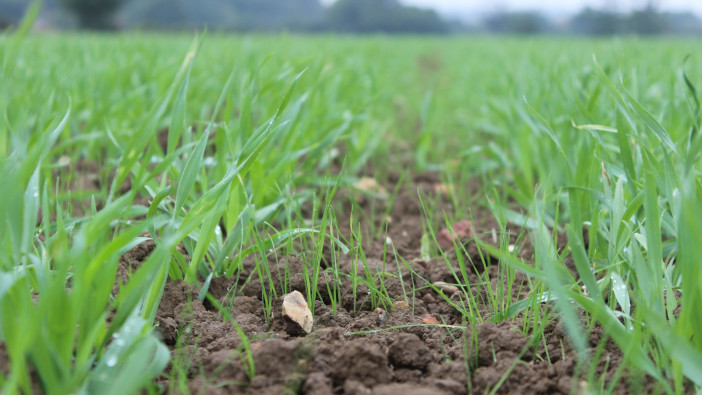Life Scientific is advising growers to pay close attention to grassweeds this autumn if they want any chance of getting on top of the weed burden legacy from last season.
The wet conditions last year saw weed control in cereals severely challenged, with delayed or compromised application timings. This allowed grassweeds and wild oats to establish.
Ruth Stanley, country manager for the UK and Ireland, notes that this issue is exasperated as growers try to balance earlier drilling with late flushes of blackgrass.
“However the upcoming weeks after drilling offer a critical window for farmers to apply herbicides and target remaining grass weeds and wild oats before winter sets in,” she says.
“The key is to prevent the crop and weeds competing at the same time – so it is important to make sure every product works as well as possible – don’t rely on just one herbicide stack or sprayer pass and make use of all application timings and different actives.”
Post-emergence options
Ruth recommends a single application of 0.4kg/ha of Niantic, with the adjuvant one litre/ha of Probe to small, actively growing weeds.
Niantic contains 30 g/kg mesosulfuron-methyl and 6 g/kg iodosulfuron-methyl-sodium, reverse-engineered from Atlantis WG and can be used in winter wheat.
“The active ingredients of Niantic are ALS-inhibitors which affect cell division so the product is most effective when weeds are small and actively growing,” she explains. “This means It can be applied from autumn until early spring when the wheat has two leaves (GS12) up until flag leaf ligule just visible (GS39).“
She adds that an integrated approach, including rotations, cultivations, stale seedbed and delayed drilling should be used to tackle blackgrass and Italian ryegrass that has levels of resistance to ALS.
Controlling wild oats

A NIAB survey sponsored by Life Scientific looked at resistance in spring and winter wild oats. According to the results, the winter variety showed higher levels of resistance, however, most populations were still susceptible to herbicides containing mesosulfuron-methyl and iodosulfuron-methyl-sodium.
“If you have wild oats on your farm, hopefully seed has been collected and tested, as knowing the species present can help target the best approach to control the weed in your fields,” concludes Ruth.
For more information go to www.lifescientific.com


